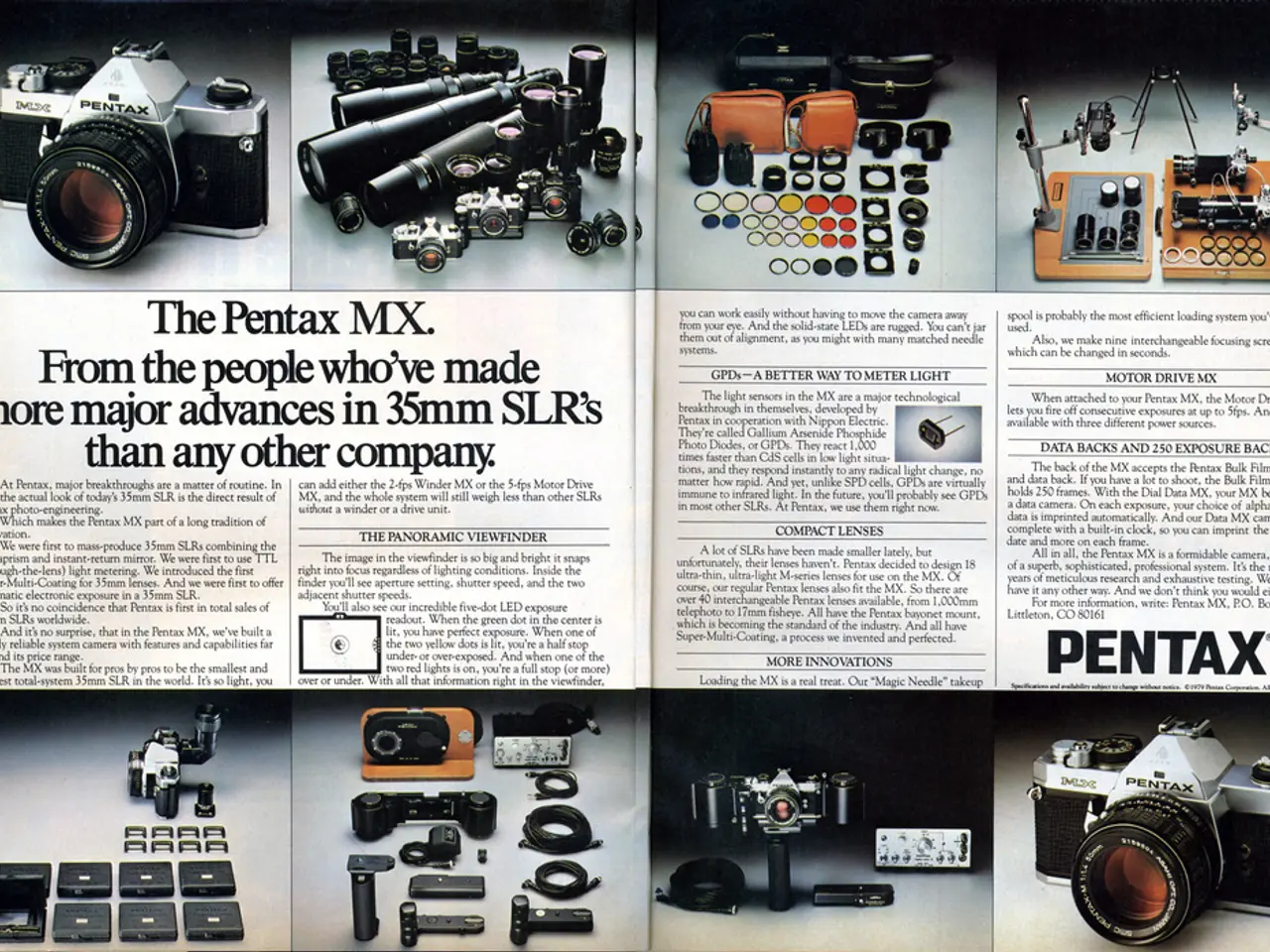Assessing and Recording Telescope Performance Levels
In the vast and intriguing world of telescopes, understanding the rating system can be a daunting task. This article aims to shed light on the common practices used in evaluating telescopes and how these ratings are determined.
Firstly, it's essential to understand that a telescope's rating system typically assesses several key aspects: optics, focuser, mount, lunar & planetary views, rich field, accessories, ease of use, portability, and value.
Optics refer to the quality of lenses or mirrors, sharpness, contrast, and light-gathering ability. A telescope with superior optics would receive a higher rating in this category.
The focuser is another critical component, as it determines the precision, smoothness, and stability of focus adjustments. A well-designed focuser contributes to a better viewing experience and is rated accordingly.
The mount is crucial for telescope stability and tracking accuracy, particularly for equatorial or alt-az mounts. A mount that is well-constructed, properly supports the telescope, and moves smoothly would earn a high rating.
Lunar & planetary views and rich field ratings are closely related to the telescope's focal ratio. A shorter focal ratio (f/5 or below) often results in a higher rating for both categories, as it allows for better detail in planetary views and wider star fields. Conversely, a very long focal ratio (>f/10 with a 1.25" focuser or >f/15 with a 2" focuser) would be rated lower.
Accessories such as eyepieces, finderscopes, and other add-ons are also considered in the rating system. High-quality accessories contribute positively to the overall rating, while low-quality accessories detract from it.
Ease of use, portability, and value are additional factors that are evaluated. A telescope that is user-friendly, easy to transport, and cost-effective would receive higher ratings in these categories.
It's important to note that the overall five-star rating is not necessarily the average of the individual performance rating system. Telescopes are often more than the sum of their parts, and the team's expertise, experience, and rigorous testing play a significant role in providing unbiased evaluations and ratings.
The team also provides thorough details in the individual product reviews, allowing readers to apply their unique circumstances to determine the usefulness of the telescope to them. They strive to offer a comprehensive and balanced assessment of each telescope reviewed.
In conclusion, understanding the telescope rating system can help potential buyers make informed decisions when purchasing a telescope. By considering the various aspects evaluated in the rating system, one can find a telescope that best suits their needs and interests.
- Telescopes with superior quality in optics, such as sharpness, contrast, and light-gathering ability, receive high ratings in this category.
- The precision, smoothness, and stability of focus adjustments are evaluated in the focuser rating, with a well-designed focuser contributing to a better viewing experience.
- A telescope's mount's ability to provide stability and accurate tracking, particularly for equatorial or alt-az mounts, is crucial for its rating.
- Lunar & planetary views and rich field ratings are closely related to the telescope's focal ratio, with a shorter ratio often resulting in a high rating for both categories.
- Quality accessories like eyepieces, finderscopes, and add-ons contribute positively to a telescope's overall rating, while low-quality accessories detract from it.
- Ease of use, portability, and value are also factors considered in the rating system, with telescopes that are user-friendly, transportable, and cost-effective receiving higher ratings in these categories.




